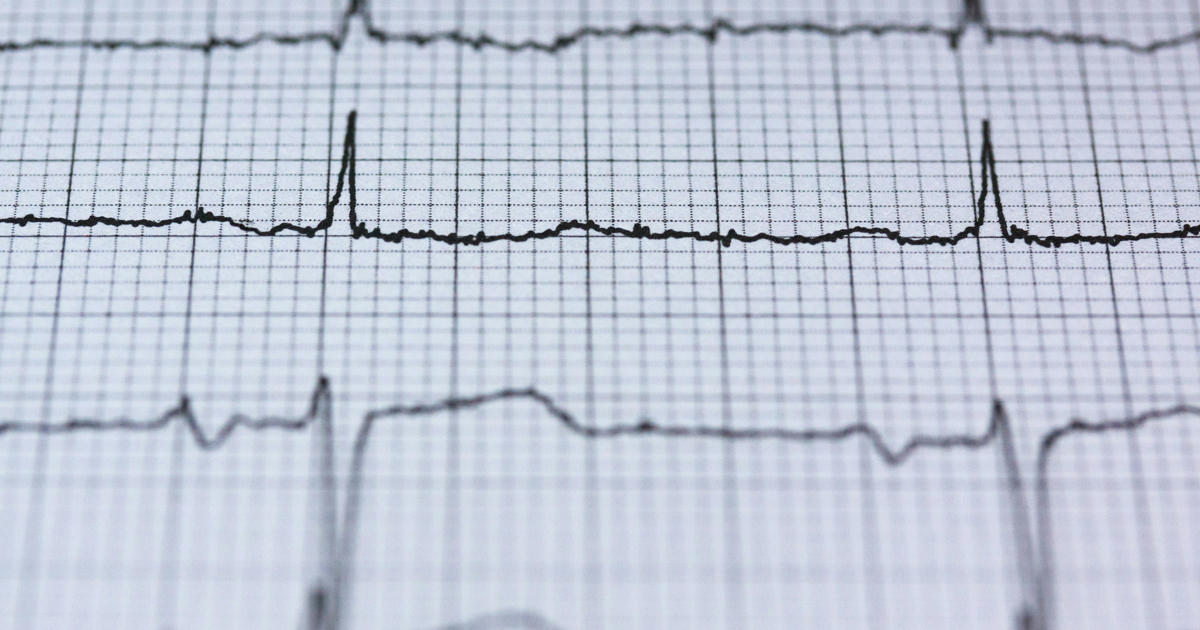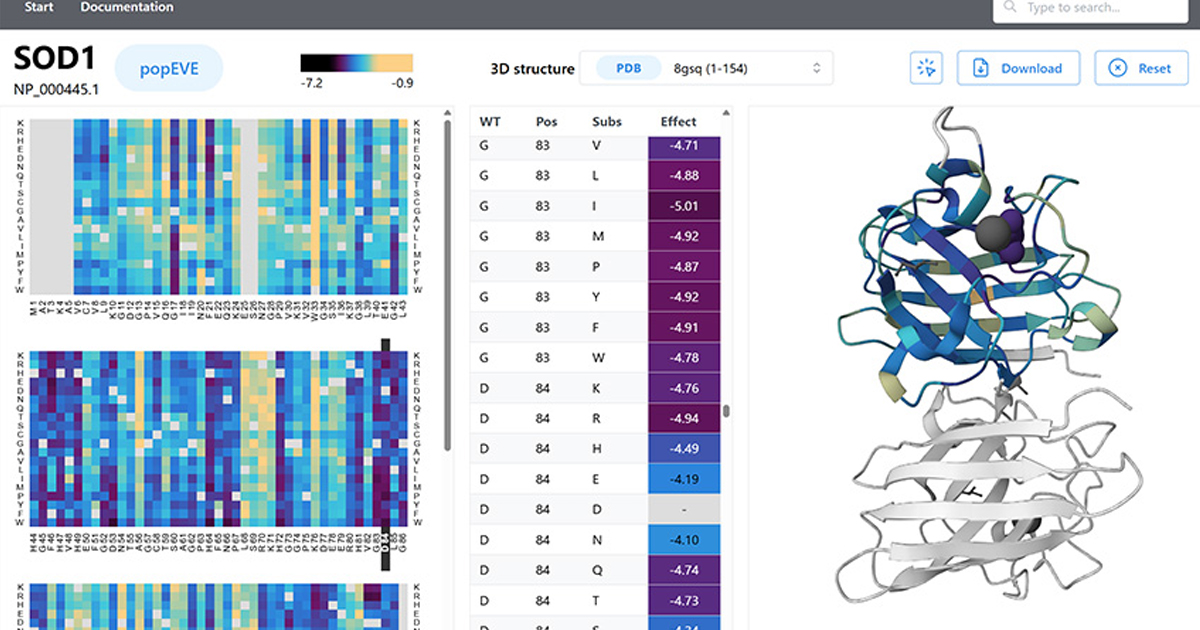A través de un algoritmo entrenado por machine learning, un estudio identificó que hay seis tipos de grupos de síntomas en pacientes de COVID-19, cada uno con diferentes niveles de complicación.
Los datos presentados para la realización de este estudio fueron recolectados gracias a la app COVID Symptom Study que fue puesta a disposición de la población en Reino Unido y Estados Unidos de forma gratuita, en la cual los usuarios registraban sus síntomas. El estudio reveló que existen seis distintos “tipos” de COVID-19 que se distinguen entre sí por contar con un grupo específico de síntomas.
Para determinar dicho resultado se analizaron mil 600 usuarios de Reino Unido y Estados Unidos con diagnóstico positivo de COVID-19, dichos usuarios utilizaron la aplicación entre marzo y abril para actualizar regularmente los síntomas que presentaron. Este algorithm fue probado en una segunda agrupación de datos de mil usuarios en Reino Unido, Estados Unidos y Suecia, este último con datos de mayo.

Cada uno de los seis grupos de síntomas representa distintos tipos de gravedad de la enfermedad o incluso algunos grupos no representan peligro alguno. Los seis grupos de síntomas se encuentran clasificados de la siguiente manera:
- “Similar a la gripe” sin fiebre: dolor de cabeza, pérdida del olfato, dolores musculares, tos, dolor de garganta, dolor en el pecho, sin fiebre.
- “Similar a la gripe” con fiebre: dolor de cabeza, pérdida de olfato, tos, dolor de garganta, ronquera, fiebre, pérdida de apetito.
- Gastrointestinal: dolor de cabeza, pérdida de olfato, pérdida de apetito, diarrea, dolor de garganta, dolor en el pecho, sin tos.
- Nivel uno severo, fatiga: dolor de cabeza, pérdida del olfato, tos, fiebre, ronquera, dolor en el pecho, fatiga.
- Nivel severo dos, confusión: dolor de cabeza, pérdida de olfato, pérdida de apetito, tos, fiebre, ronquera, dolor de garganta, dolor de pecho, fatiga, confusión, dolor muscular.
- Nivel severo tres, abdominal y respiratorio: dolor de cabeza, pérdida de olfato, pérdida de apetito, tos, fiebre, ronquera, dolor de garganta, dolor de pecho, fatiga, confusión, dolor muscular, falta de aliento, diarrea, dolor abdominal.
Como se puede observar el dolor de cabeza y la pérdida del olfato son los síntomas que más frecuencia tienen en los distintos grupos, siendo estos dos de los principales síntomas de la enfermedad. Sin embargo, el estudio también encontró que síntomas que no están relacionados a COVID-19 como confusión, dolor de pecho y falta de aliento se encuentran entre los grupos de síntomas en los cuales la enfermedad resulta de mayor gravedad.
“Si podemos predecir quiénes son estas personas en el quinto día, tenemos tiempo para brindarles apoyo e intervenciones tempranas, como controlar los niveles de oxígeno y azúcar en la sangre, y asegurarse de que estén hidratados adecuadamente: atención simple que se podría brindar en el hogar, prevenir las hospitalizaciones y salvando vidas”, explicó la Dra. Claire Steves del King’s College London.
Este descubrimiento representa beneficios para el tratamiento clínico de esta enfermedad, ayudando a los profesionales de la salud a predecir cuáles pacientes se encuentran en un riesgo mayor y requieren de atención hospitalaria o como mencionó la Dra. Steves para prevenir hospitalizaciones y posteriores complicaciones.







